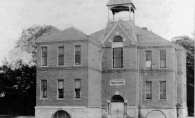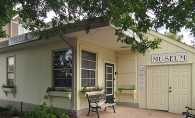Discover the Beginning of Lone Lake Park
Then & Now

Hard-core sailors on Lake Minnetonka couldn’t wait until the warm summer breezes filled their sails. Instead, they took a cue from bundled New York yachtsmen on the Hudson River who built their ice boats beginning in the late 1790s to skate over the frozen ice.
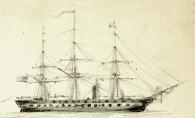
The American Civil War broke out 150 years ago this year. More than 600,000 soldiers and civilians died in the bloodiest war our nation has ever fought. Although far on the frontier at the time, Lake Minnetonka was not immune to its effects.

Lake Minnetonka was opened to European settlers by the Treaty of Traverse des Sioux, named for a Dakota meeting place, Oiyuwege, one mile north of St. Peter. Minnesota’s first territorial governor, Alexander Ramsey, was eager to open lands to the west to increase the state’s wealth.

Since they were entrepreneurs first, Melvin and Harley Bennett didn’t want to go by the way of the horse and buggy—literally.

Early European visitors to Lake Minnetonka noticed lots of conical mounds on high points around the shore. These pioneers first started settling along the Mississippi River and found thousands of mysterious burial mounds in prominent spots overlooking the water.
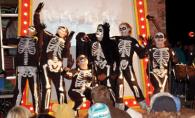
For a change from the traditional Halloween hayride, try out the Booseum and Ghost Trolley in Excelsior this year. Drawing more than 1,500 riders last year, the scares and screams are back for this eight annual event.

Some called him “The Empire Builder,” while detractors snubbed him as the “Robber Baron.” James J. Hill was inextricably linked to Lake Minnetonka and helped establish its pristine waters as a playground for the well-to-do.
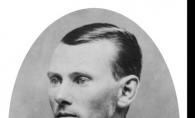
The last battle of the Civil War happened in Minnesota 11 years after the south surrendered. During the war, William Quantrill raised a band of guerrilla fighters to attack Union sympathizers in Kansas and recruited a couple of promising young Missourians, Frank and Jesse James.

It’s a place where everyone knows your name and you are only a stranger once.

Lunch is at noon, supper is at 6, and kids must be off the streets at 9. The Excelsior siren says so. Every day, an old fire alarm perched atop City Hall in Excelsior has blurted out these hours since the 1940s.






